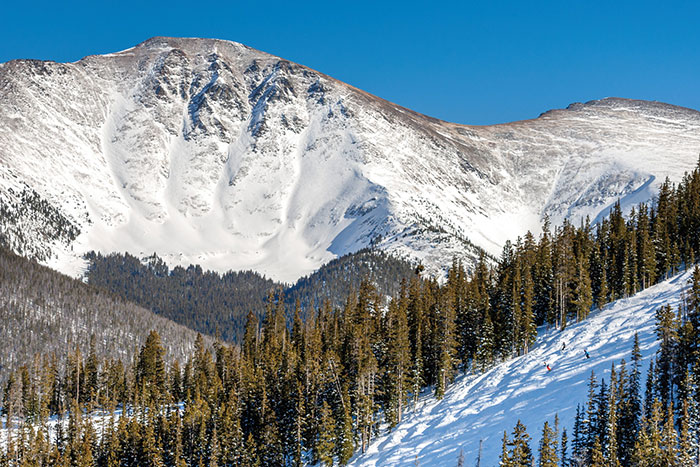Thinking about traveling to the highest of heights in Colorado? Nothing ruins a vacation faster than one of your group becoming afflicted with a very preventable ailment, especially when it happens right at the beginning of the trip! The rules are a little different above 9,000 feet, so we’ve compiled a list to help you make the most of your mountain getaway.
Adjusting To Altitude
First things first: before you venture up the mountain pass, do your body a favor and educate yourself on altitude sickness, an annoying and potentially serious ailment that can put a serious damper on your stay. As you ascend to higher altitudes, the air is thinner and less oxygen is available. You may find yourself short of breath, nauseated, or unusually fatigued.
To avoid altitude sickness, High Country Healthcare recommends the following:
- Increase fluid intake
- Decrease salt intake
- Moderate your physical activity
- Eat high-carbohydrate, low-fat meals
- Reduce alcohol and caffeine intake
Local’s Tip: If you notice a wet cough, or that any of your symptoms (headache, nausea) are not getting better, seek medical attention immediately. For more information about adjusting to a high altitude environment and altitude sickness, click here.
Sun Exposure In The Mountains
Take the sun seriously: sunscreen and sunglasses. Winter, summer, clouds or clear skies, protect your skin and eyes from damaging injury. You are at an increased risk of sunburn and injury when at high altitude. UV rays are more intense up here than they are at sea level, so make sure to protect yourself. Wear a hat that shades your face, ears and neck, and consider sun-protectant clothing.
Local’s Tip: Reapply! Make sure to consistently reapply sunscreen while you’re outside. For more information on best sun protection practices, click here.
Thunderstorm & Mountain Weather
Be Smart About Storms: While beautiful, mountain storms can be deadly, and it’s a myth that lightning never strikes the same place twice. From 2005-2014, Colorado consistently had the third-most lightning strike fatalities of any state, with more than 70% of all fatal lightning strikes occurring in June and August. In addition to thunderstorms, the mountain tops can switch instantaneously from a beautiful 70 degree day, to a windy snowy high alpine environment. Always take a raincoat and extra warm layers with you when hiking or biking in the high country.
Thunderstorms tend to surface in the afternoons, so most high alpine adventures are best planned for the mornings and midday. Before you hike, check the forecast and locations of shelters. If you can’t complete a hike before the storm, reschedule for another day.
Local’s Tip: If you’re already on the mountain and you notice a storm rolling in, do not wait until it’s raining to find shelter. Lightning can be present without rain! Find shelter, avoid open areas, and do not place yourself under the tallest object. If you’re in a group, spread out and run back to shelter or your vehicle.
For more lightning safety tips, check out the National Weather Service Lightning Safety Page.

